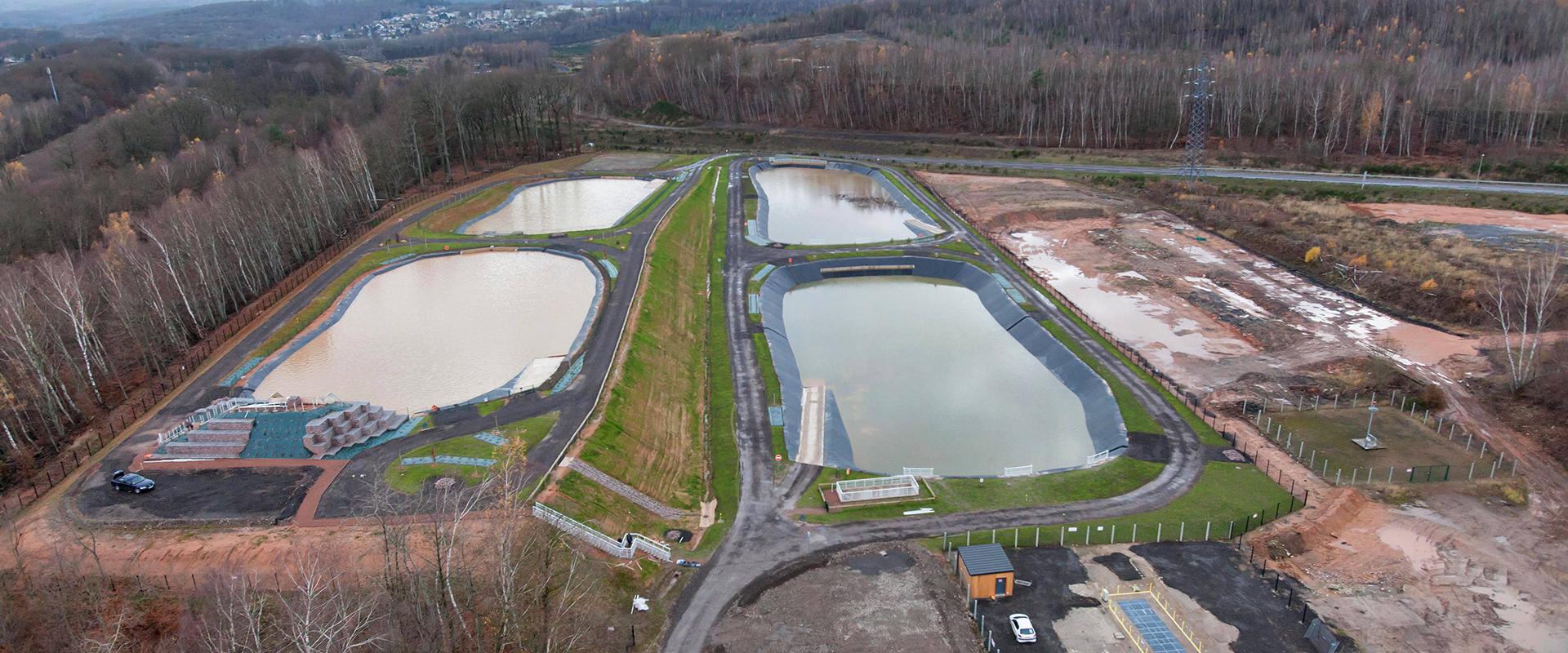A water treatment system for the former Lopérec mine site
In 2017, BRGM set up a passive purification system for mine drainage at the Lopérec gold deposit (Finistère). This station was set up following BRGM's development of a passive biological treatment for arsenic.
The Lopérec gold deposit was discovered by BRGM during exploration for the French mining inventory between 1985 and 1991. Following the filing of a mining exploration permit in 1989, BRGM decided in 1991 to carry out underground mining work to access the ore and to take large samples for processing tests. An economic assessment showed a small gold deposit, but the outlook for metal prices was unfavourable: BRGM definitively halted mining at Lopérec in 2000.
The research tunnel excavated in 1991 and 1992 at the site of a spring provided a run-off for water loaded mainly with arsenic, iron and manganese from the gold mineralisation, that flowed into a river. The arsenic content of this effluent, which exceeded the regulatory threshold of 100 µg/l (since 2010), meant that a remediation solution had to be found.
A solution for cleaning up water pollution to protect biodiversity
Various environmental monitoring studies, carried out over ten years by BRGM scientists specialising in environmental issues and eco-technologies, revealed the presence of bacteria that oxidise iron and arsenic. Following this discovery, laboratory and field tests demonstrated the effectiveness of a passive water treatment system using pozzolana, a natural rock of volcanic origin used to treat drainage.
After design and engineering studies, construction work was carried out in 2017. The new system enables passive and natural treatment of mine drainage. The facility is based on different water purification circuits: two settling tanks and biofilters to treat iron, arsenic, manganese and suspended solids.
Once purified, the water flows directly into a planted ditch and finally flows into the Douffine, a river close to the site.







